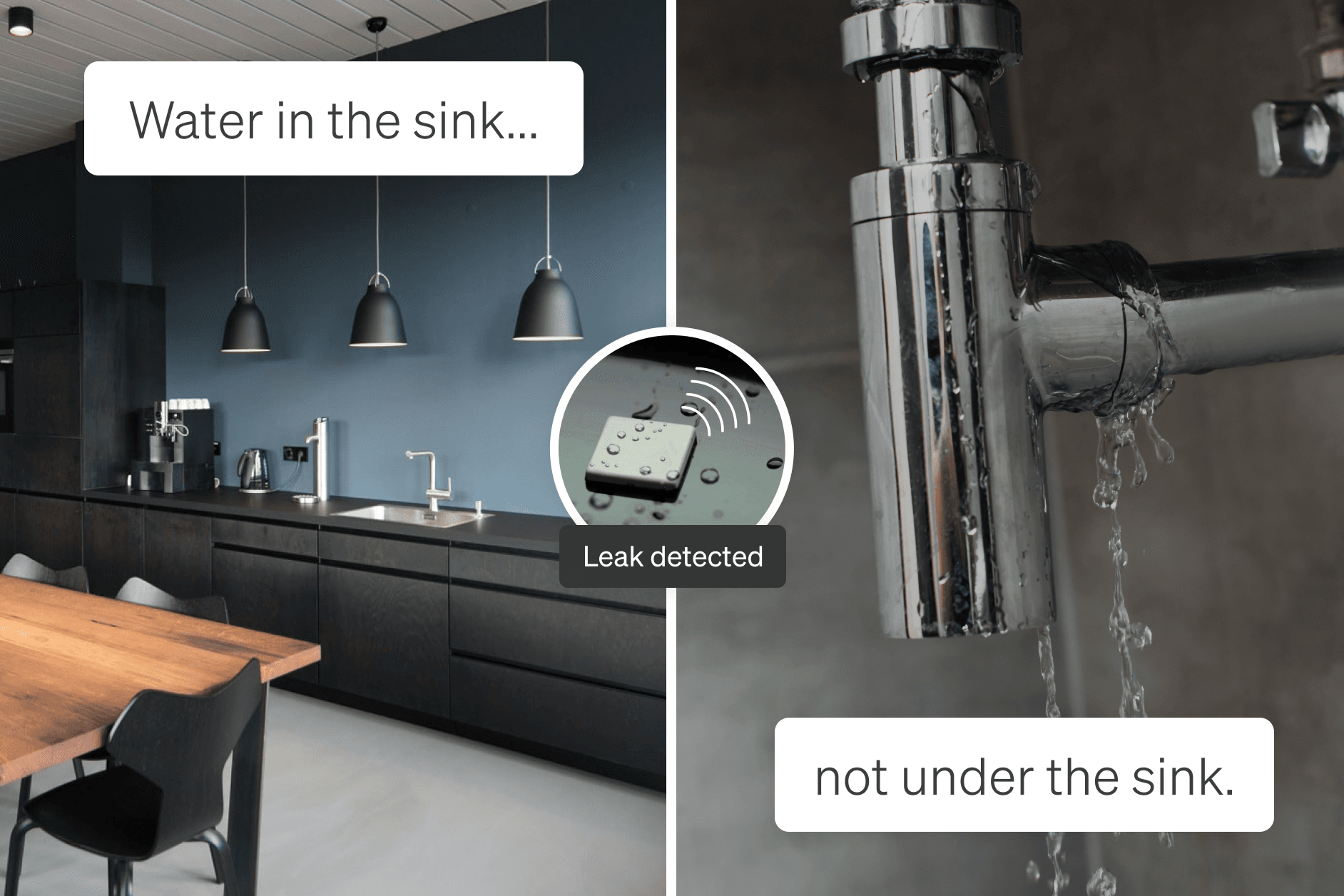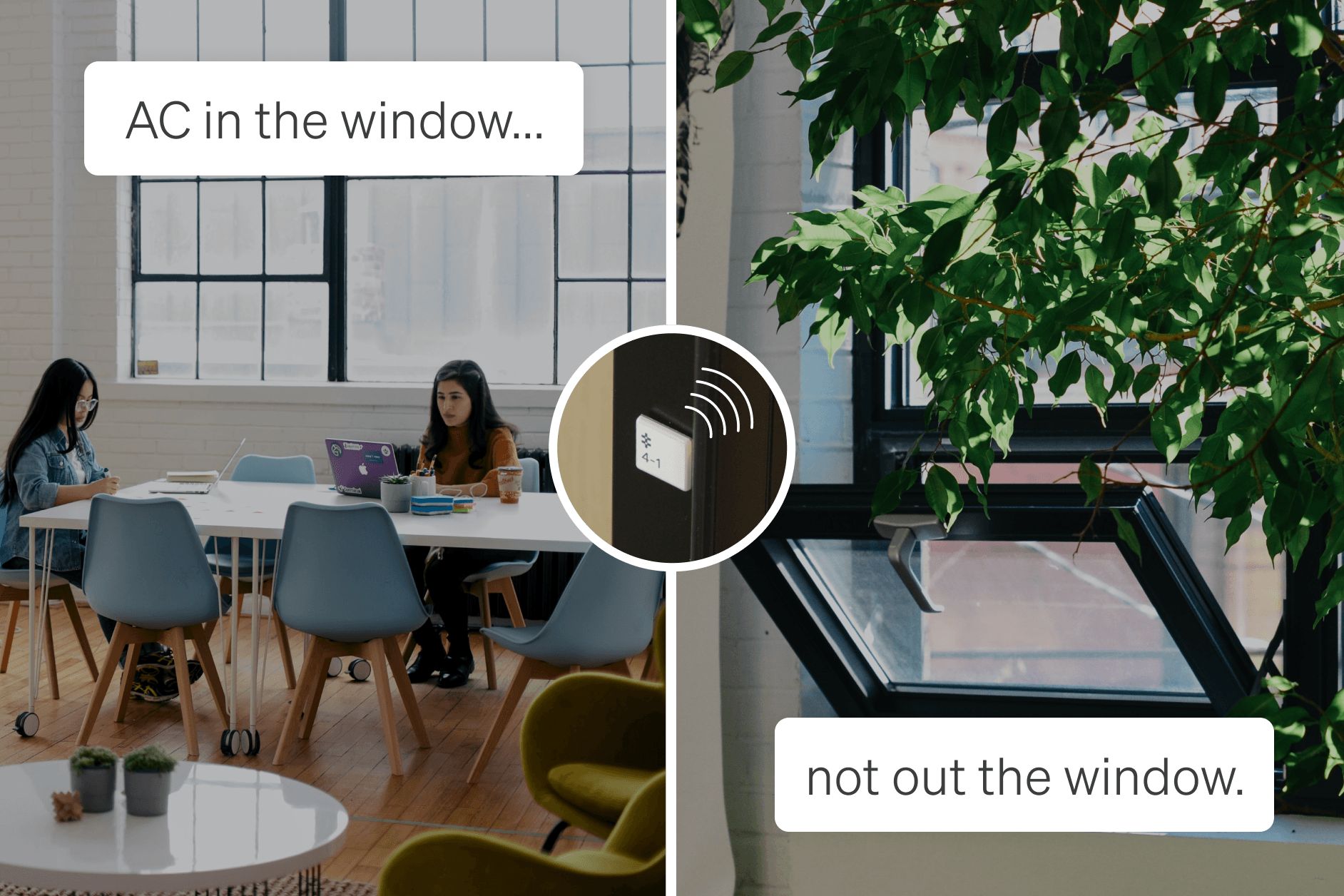Mesa
The risks of maintaining the status quo in your building
Learn how maintaining the “status quo” in a commercial building is far from ideal and how the lack of smart controls can negatively impact the building's performance.
By Aravind Kumar

Contact us to learn more about Mesa
Contact UsWe’re at an inflection point where commercial buildings are expected to operate sustainably, hybrid work policies influence space utilization and use cases for building technology are now clearer. Modern buildings completed after 2015 are commanding 61% higher rent premiums and lower vacancy rates than their counterparts. So where does this leave the older building stock? With only 13% of older-vintage buildings using smart controls to stay relevant, what are the rest missing out on? Here are five reasons why the “status quo” is not good enough anymore.
A bad tenant experience The war for talent is heating up and perfecting the tenant experience will be critical for real estate managers to retain high renewal rates. How can older, smaller buildings keep up with the skyscrapers that are ahead of the curve? The lack of automation and smarts in these buildings makes it difficult to reduce hot / cold complaints. It's also difficult to collect tenant feedback on whether the space is comfortable. The use of old, antiquated thermostats makes it hard to detect air quality and prioritize cleaner air for occupant well-being. But overcoming this doesn’t have to be overly complex. Small, inexpensive sensors that feed data into an automated dashboard can take inputs from tenants, temperature, occupancy and weather to improve comfort, and the tenant experience.
The risk of unexpected failures A reactive mindset towards unanticipated downtime can undermine the tenant experience and prevent real estate managers from staying on budget. Equipment failures and mishaps like water leakage are usually brewing under the naked eye and are a long time coming until it's too late or costly to fix. With critical insights missing on what’s failing under the hood, real estate management teams are at a serious disadvantage because it inflates maintenance costs and puts strain on their budgets. It's been proven by the US Department of Energy that condition based maintenance (a form of predictive maintenance) using smart building controls can save 8%-10% more than preventive maintenance, with overall savings up to 40% more than reactive fixes.

Mesa's leak detection helps real estate managers prevent costly repairs from pipe freezes.
Missing the mark on energy regulations With local city and state governments upping their game to meet net zero goals by 2030, commercial buildings are being asked to do more than ever and become efficient in their use of energy to meet carbon reduction goals. With 30% of energy wasted in commercial buildings on average, how can older, smaller buildings save utility costs with the aim of becoming sustainable? “Status quo” could mean fixed thermostat set points that do not change temperatures in a space regardless of whether someone is in it. Another example of energy wastage is the AC running on full throttle while the windows are left open. This underscores the need for smart building controls, taking the guesswork out of energy efficiency and making the changes required for tenant comfort.
Lacking reliable data to take decisions Everyone reports up the chain and real estate managers are no different. They are either accountable to the tenant or the building owner and they need to show real evidence of tenant satisfaction and an improved NOI. With the “status quo”, real estate managers are left to depend on anecdotal evidence or qualitative feedback. They lack the insights to document space utilization, equipment run time and reduction in carbon emissions. With reliable data, real estate management can start to notice trends that will help them make sound decisions to meet their goals.

Mesa automates cooling and turns it OFF when the windows are open.
Spending way too much on installation So how can a property or facility manager take action and upgrade their building to solve the above pain points? What options do they have? Most solutions in the market are designed and priced to suit large, class A buildings with big budgets. There is an alarming gap between what small to medium sized buildings need (up to 50 thousand square feet) and what the market offers today. This involves buying bespoke controls that require long hours of installation and commissioning, costing you nearly $2.50 to $7.00 per square foot. One is often running against time and doesn't have the resources to spend on expensive labor costs. What property (or facility) management teams really need is a pre-commissioned solution that is easy to install and costs only a fraction.
Its time to take action
If the ROI of smart building controls is unclear or the upfront cost seems too high, the cost of inaction is worse. At Mesa, we’re trying to take these challenges head on and we've designed a solution that meets the needs of older, small to medium commercial buildings. We first do a walkthrough of the space, send a pre-commissioned solution that takes a few hours to install and automate controls so the building is more comfortable, sustainable and efficient than the previous “status quo”.
To learn more about how Mesa works and how we can help, contact us here.